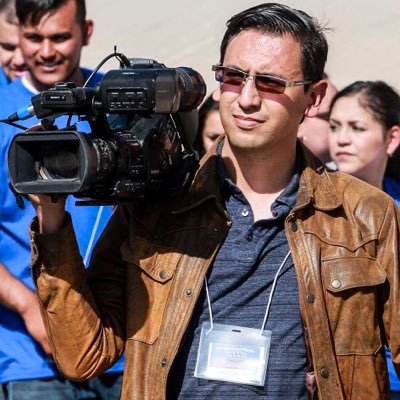Guest contributor: Julio-César Chávez, national vice president of Broadcast, National Assocation of Hispanic Journalists

The topic of diversity is one that occupies a major part of the agenda of media organizations in 2021. As a result of the changing media landscapes and the increasingly competitive nature of the industry, Latino journalists face numerous challenges already, including the pressure to integrate into an environment where assimilation dominates newsrooms. This pressure is exacerbated for Black Latino and Indigenous journalists. They make up more than 25% of the Latino population, but are severely underrepresented as journalists, on top of an already dismal Latino presence in newsrooms.The National Association of Hispanic Journalists’ (NAHJ) service to its broadcast-focused members and industry advancement takes on many different forms. We offer everything from hands-on training and mentoring to community building. Every year, in order for us to raise up a generation of Latinx journalists, we curate expert broadcasters of color to tailor programming and curriculum and have people in all stages of their career learn something new. As a result of a volatile landscape, our needs and strategy are constantly being reevaluated to ensure they are aligned with the latest changes.
As part of our collaboration on workshops and training sessions targeting our journalists’ security issues, we increased the time and space dedicated to mental health. As Latino journalists, the trauma we face in the field and in the newsroom is particularly dire.
Journalists across all platforms and mediums need hands-on training to ensure their skills remain up to date. However, as broadcast journalism rapidly evolves through digital transformation or even resource scarcity, NAHJ is dedicated to providing journalists with the skills they need to thrive as reporters, producers, correspondents, and anchors and innovate in a way that ensures they are non-negotiable contenders for leadership roles in both English- and Spanish-language newsrooms. As part of our wider effort to help newsrooms become culturally competent, NAHJ published a cultural competence handbook in 2020. It is a living guide to creating a culture of inclusion through language, and it is updated so it remains current and reflective of the fairest and accurate terminology. Bringing journalistic tools to our industry is one of my primary goals as NAHJ’s vice president of Broadcast. If you have an idea of what needs to be done, please let me know at jchavez@nahj.org.



